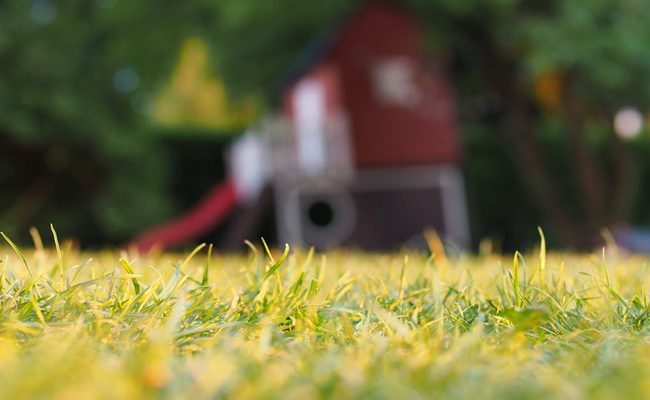
In the evolving commercial property development and maintenance landscape, the emphasis on sustainability has never been more pronounced.
As businesses and communities become increasingly aware of their operations’ environmental impacts, creating a sustainable commercial landscape emerges as a pivotal strategy for balancing ecological responsibility with aesthetic and functional needs.
This shift aligns with global sustainability goals and offers long-term benefits, including cost savings, enhanced property value, and a positive public image. Comprehensive Commercial Property Maintenance is a foundational service facilitating this transition, ensuring that landscapes are visually appealing, ecologically harmonious, and resource-efficient.
The Essence of Sustainable Commercial Landscaping
Sustainable commercial landscaping transcends traditional gardening and property maintenance by integrating practices that reduce environmental footprint, conserve resources, and foster biodiversity. It’s an approach that considers the lifecycle impact of landscaping materials, the efficiency of water use, and the selection of plants for enduring health and minimal maintenance. By focusing on sustainability, businesses can create outdoor spaces that are resilient, environmentally friendly, and cost-effective over time.
Strategies for Implementing Sustainable Practices
Several strategies can be employed to achieve a sustainable commercial landscape, starting with the selection of native plants. Native plants are adapted to the local climate and soil conditions, requiring less water, fewer pesticides, and minimal care compared to non-native species. This reduces the landscape’s resource demand and supports local wildlife, promoting biodiversity.
Another critical aspect is water management. Innovative irrigation technologies, such as drip irrigation systems and smart controllers, can significantly reduce water usage by delivering water directly to the plant’s roots and adjusting watering schedules based on weather conditions. Rainwater harvesting systems can further enhance water efficiency by collecting rainwater for irrigation, thus minimizing the reliance on municipal water supplies.
Soil health is the cornerstone of a thriving landscape. Practices such as composting and mulching recycle organic waste, improve soil fertility, reduce erosion, and help retain moisture. Commercial landscapes can support plant life more naturally and sustainably by fostering a healthy soil ecosystem.
Incorporating sustainable materials into the landscape design is also vital. This can include using recycled or locally sourced materials for hardscaping, such as paths and walls, and choosing sustainably harvested wood or composite materials for decking and furniture. Such choices reduce the carbon footprint of transporting materials and support using renewable resources.
The Role of Technology in Sustainable Landscaping
Expanding on the role of technology in enhancing the sustainability of commercial landscapes, it’s clear that we’re on the brink of a green revolution in how we approach the design, implementation, and maintenance of outdoor spaces. Beyond the basics of intelligent irrigation and solar lighting, many technological innovations are reshaping the landscape industry with a focus on sustainability and efficiency.
Emerging technologies such as artificial intelligence (AI) and the Internet of Things (IoT) are at the forefront of this transformation. AI algorithms can analyze data from various sources, including weather stations, soil sensors, and irrigation systems, to provide precise watering schedules, pest management, and plant health recommendations. This conserves resources and ensures that landscapes thrive with minimal human intervention.
IoT devices further extend these capabilities by enabling a network of connected sensors throughout the landscape. These sensors monitor soil moisture, temperature, light levels, and nutrient content in real time. Through IoT platforms, landscape managers can access this data on their smartphones or computers, allowing them to make informed decisions and adjustments from anywhere, at any time. This connectivity ensures optimal resource use and promotes a healthier landscape with reduced environmental impact.
Conclusion
Creating a sustainable commercial landscape is an investment in the future—a commitment to environmental stewardship that resonates with customers, employees, and the community. By integrating sustainable practices into commercial property maintenance, businesses can enjoy reduced operational costs, contribute to preserving natural resources, and build a positive brand image rooted in ecological responsibility. As the world continues to grapple with environmental challenges, the role of sustainable landscaping in commercial settings becomes increasingly crucial, offering a path to a greener, more sustainable future. By embracing sustainability, businesses enhance their immediate surroundings and contribute to the broader goal of ecological balance and sustainability for generations to come.
Leave a Reply